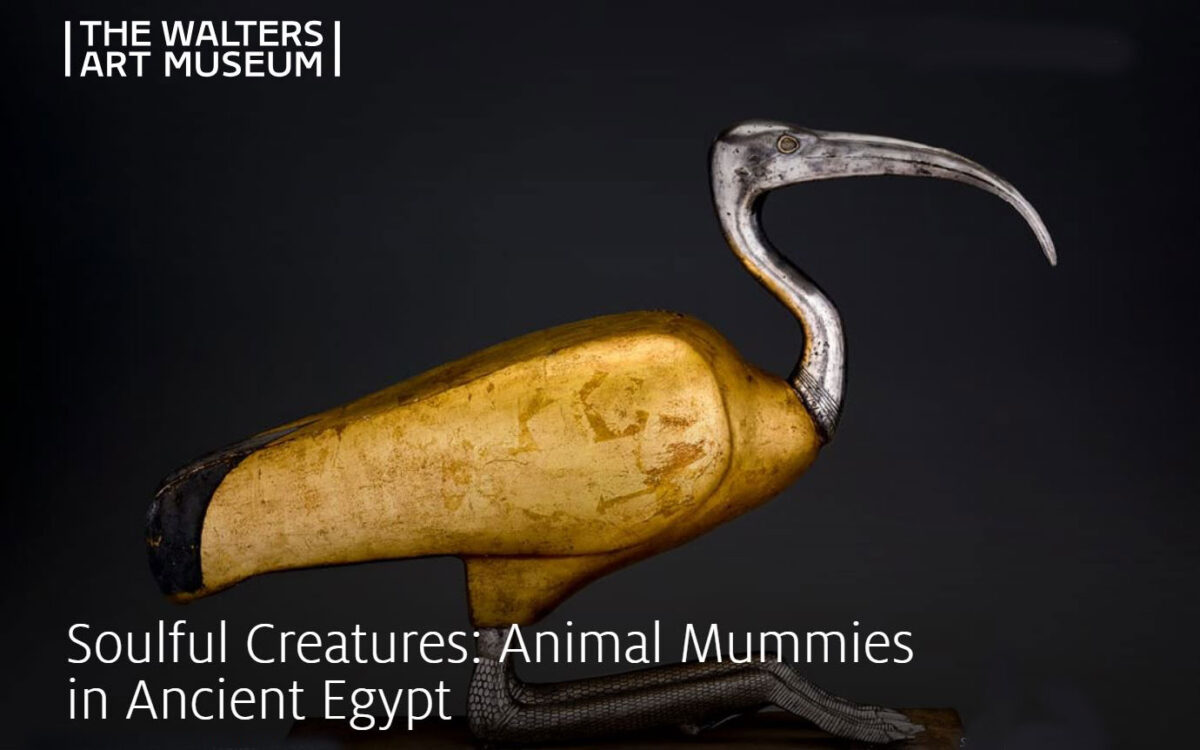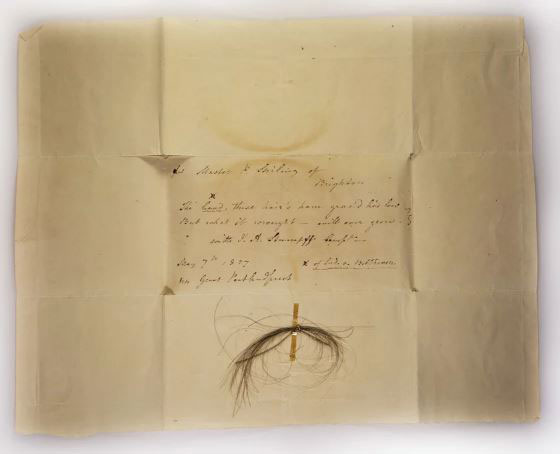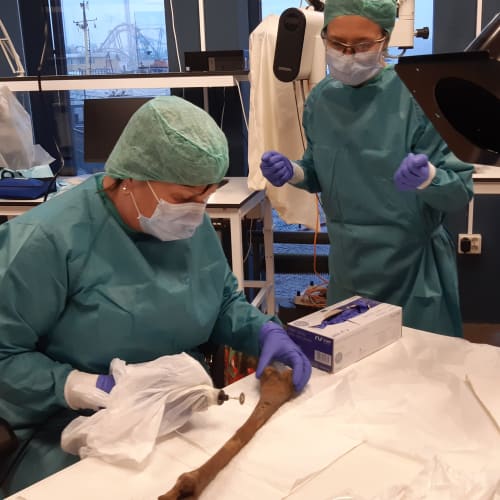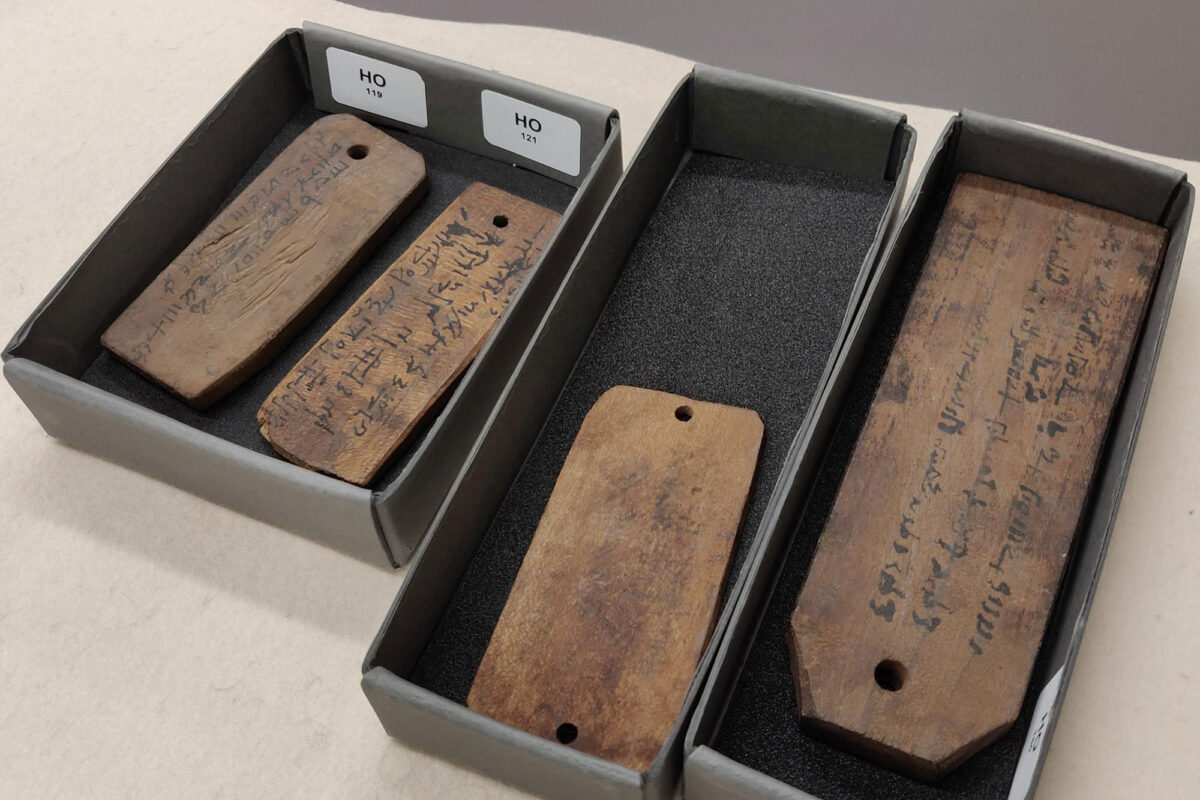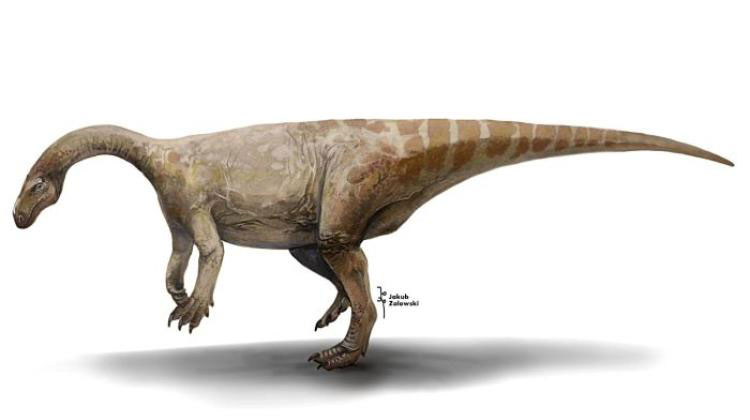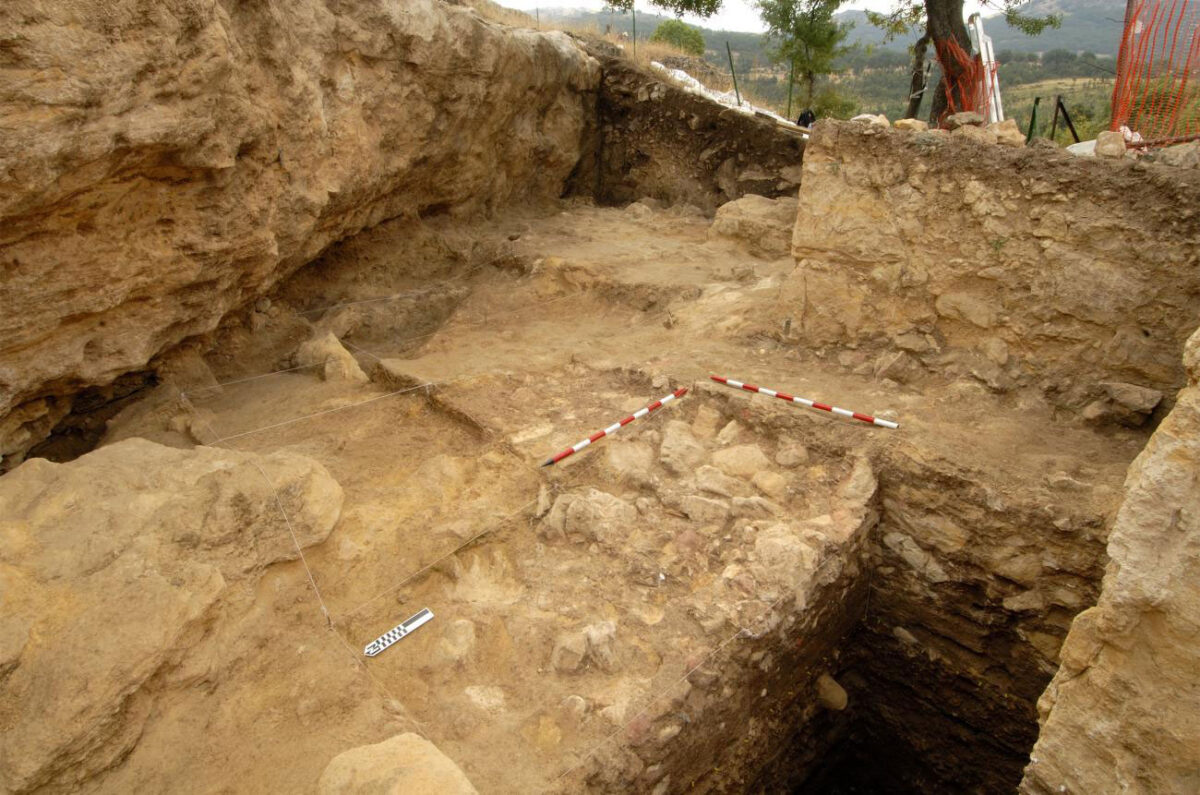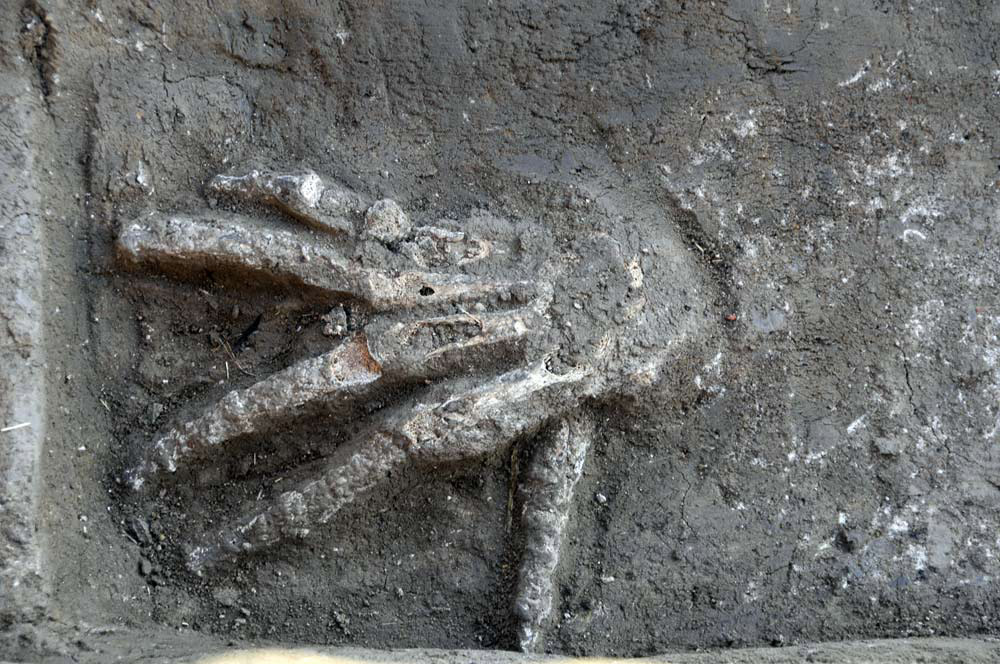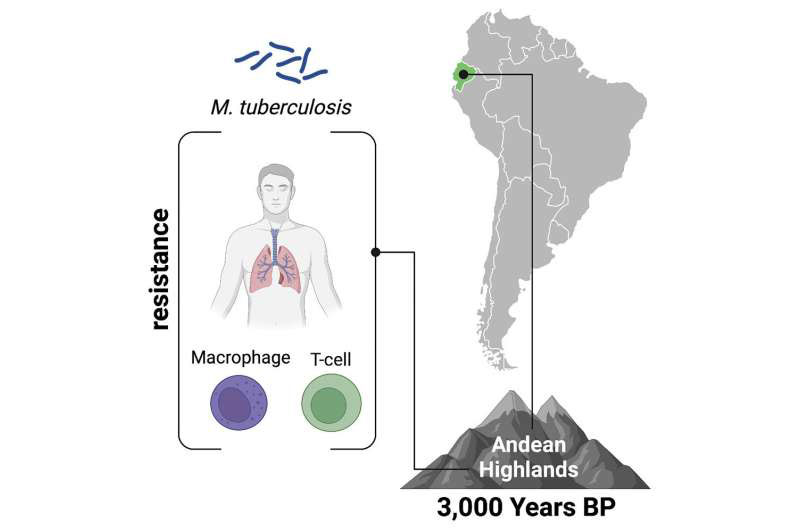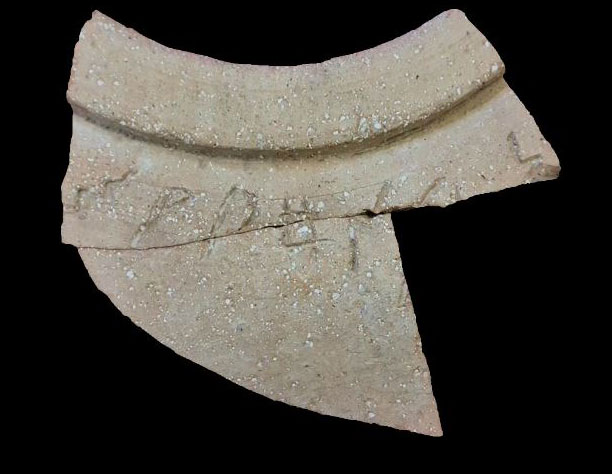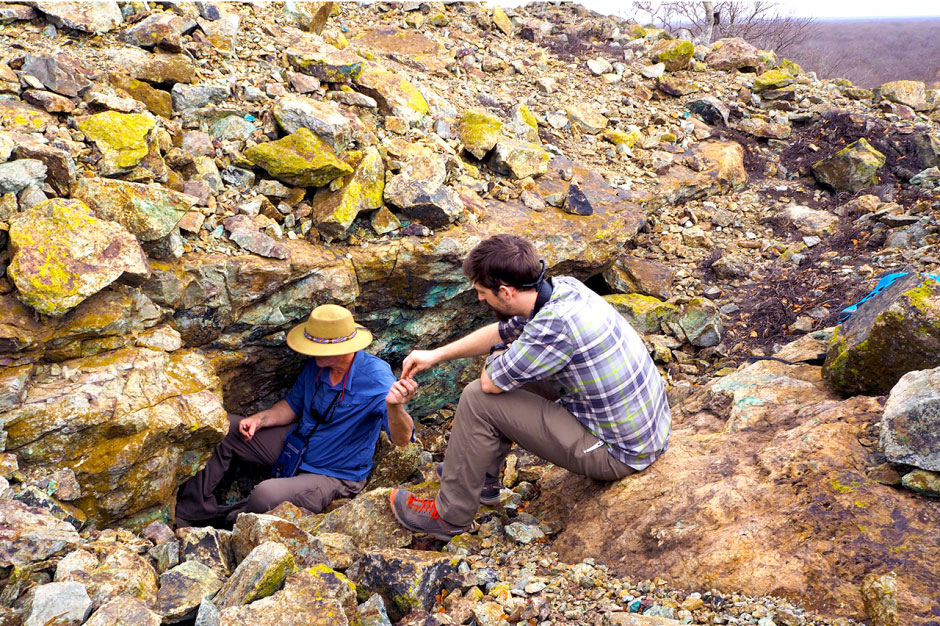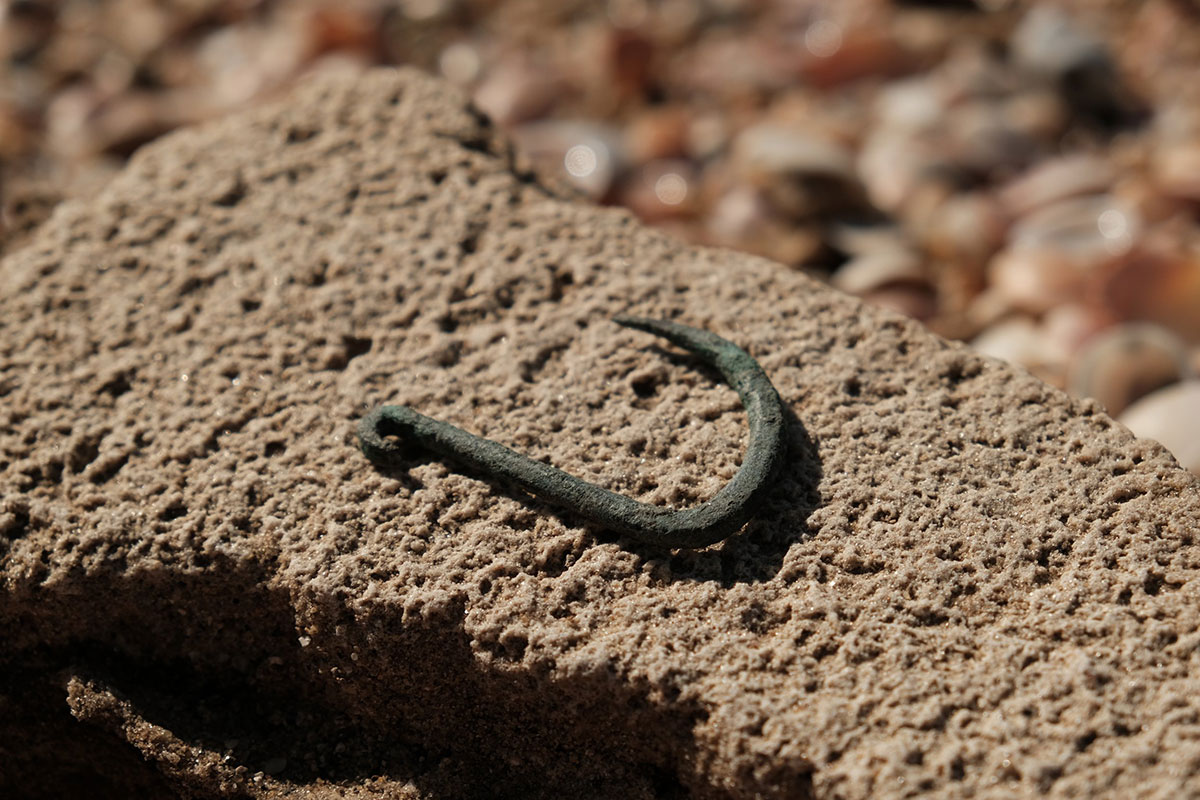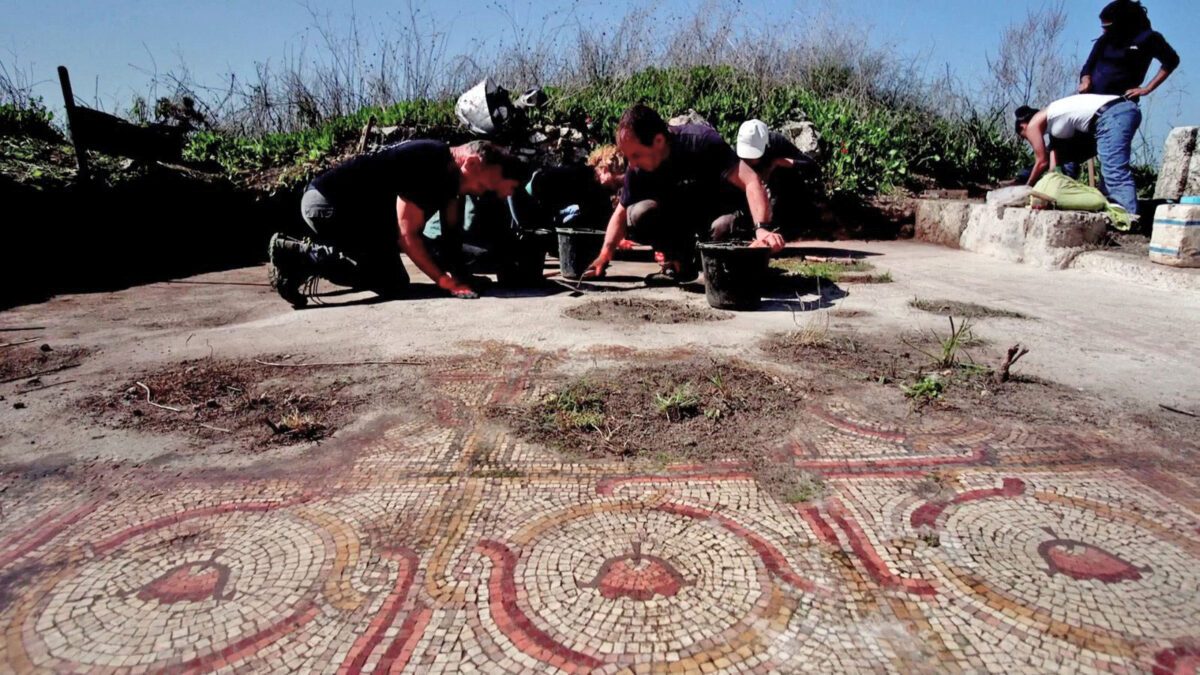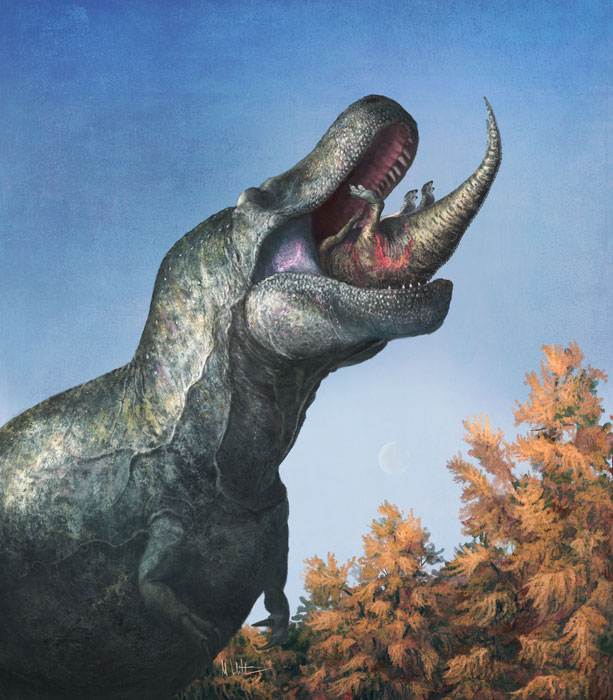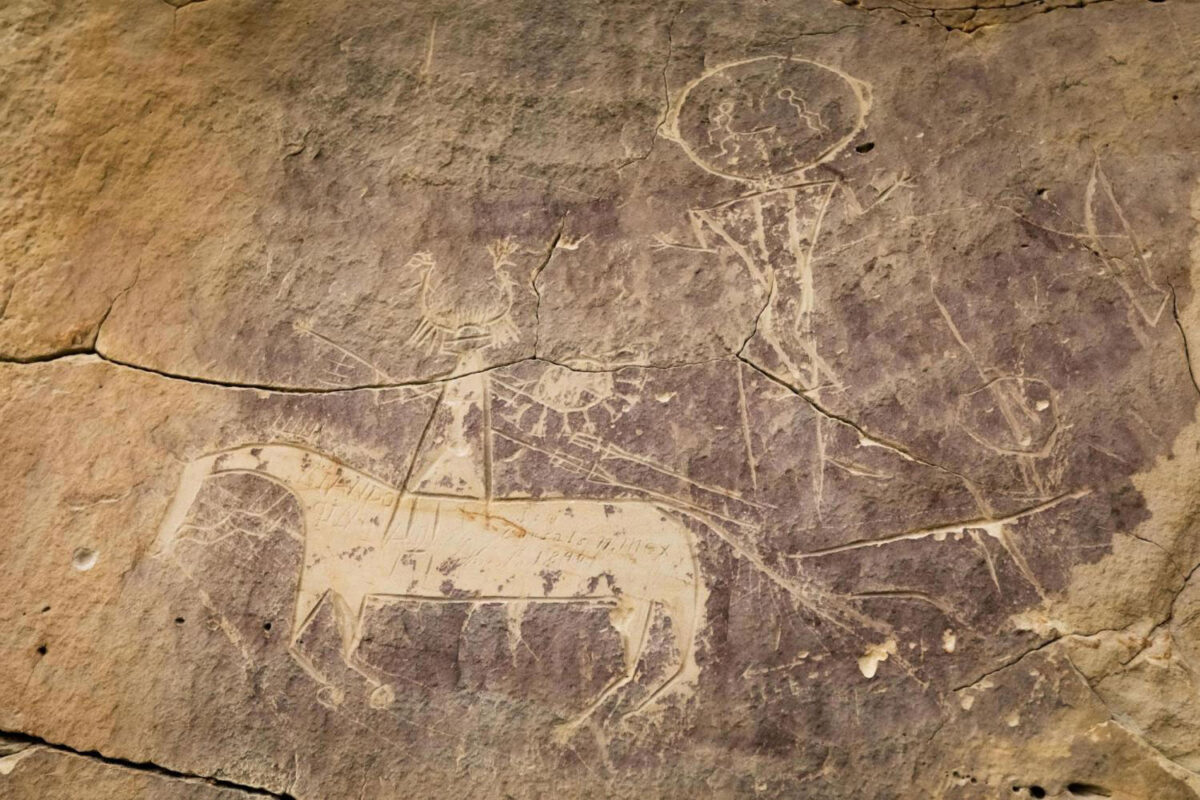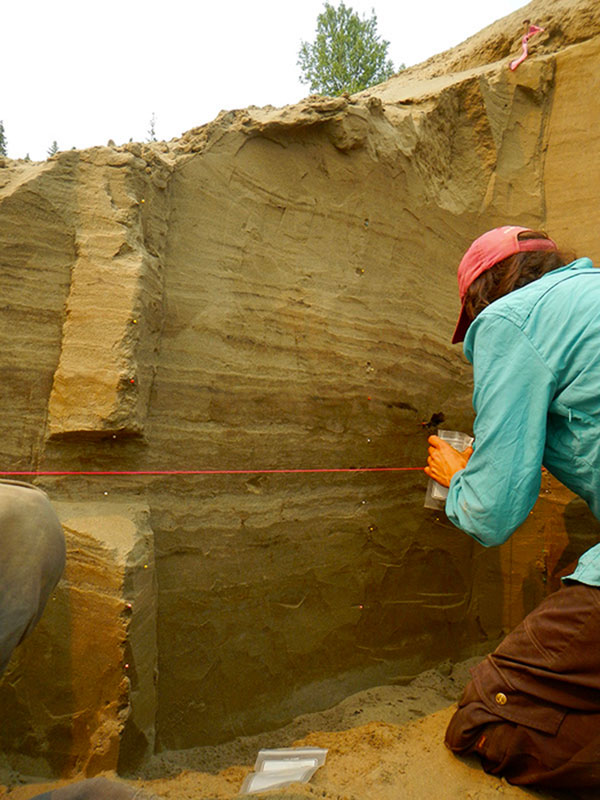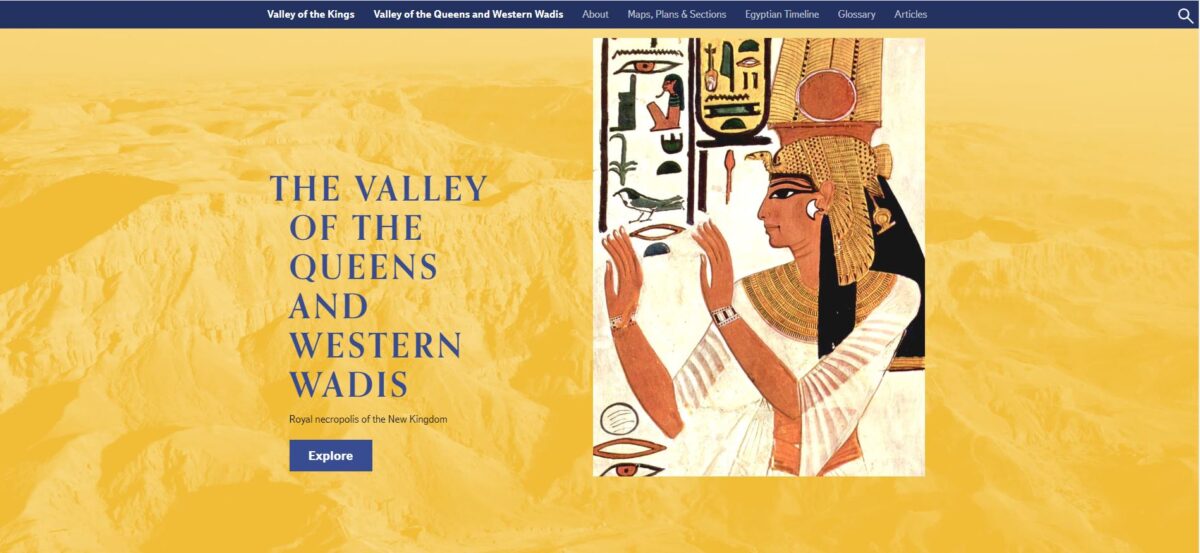Beethoven’s genome
Scientists have sequenced the composer’s genome using five genetically matching hair locks.
One of Vasa’s crewmen was a woman
When the human remains found on board the warship Vasa were investigated, it was determined that the skeleton designated G was a man. New research now shows that the skeleton is actually from a woman.
Mummies provide key to reconstruct the ancient Mediterranean climate
Swiss scientists are reconstructing the climate of the ancient world using small wooden artefacts hung on mummified remains.
Scientists determine breathing rate of one of largest herbivorous dinosaurs
Plateosaurus, one of the largest herbivorous dinosaurs, took about seven breaths per minute, similar to the modern rhinoceros, scientists have calculated.
D.A. Bragg Returns 11th Century Antiquity to Cambodia
Manhattan District Attorney Alvin L. Bragg, Jr., announced the return of the Khmer Lintel, an antiquity dating to the 11th century that was looted from Cambodia during the 1990s.
New clues to the behavioral variability of Neanderthal hunting parties
A recent study looks at the spatial organization of a Neanderthal hunting camp at the Navalmaíllo Rock Shelter site in Pinilla del Valle (Madrid).
Monetary Economies of the Hellenistic World
The Oxford Ancient History Sub-Faculty seminar series is taking place in the spring/ summer term (April to June).
Severed hands from Avaris medically documented
A Hyksos practice of showing bravery and dominance, probably during a ceremony.
Genomic study reveals signs of tuberculosis adaptation in ancient Andeans
People living in the Andes mountains of South America adapted not only to the scarce oxygen but also to the tuberculosis bacterium.
Sabaean inscription on a large clay jar deciphered
Dr. Daniel Vainstub deciphered a partially preserved inscription that was found on the neck of a large jar dated back to the time of King Solomon.
Early Career Fellowships & Visiting Fellowships at the BSA
The British School at Athens is delighted to invite applications for Early Career Fellowships and Visiting Fellowships!
Yak milk consumption among Mongol Empire elites
For the first time, researchers have pinpointed a date when elite Mongol Empire people were drinking yak milk, according to a study co-led by a University of Michigan researcher.
Copper artifacts unearth new cultural connections in southern Africa
Chemical and isotopic analysis of copper artifacts from southern Africa reveals new cultural connections among people living in the region between the 5th and 20th centuries according to a University of Missouri researcher and colleagues.
Recording 2,000 years of ancient graffiti in Egypt
Simon Fraser University researchers look into ancient graffiti as they produce a state-of-the-art 3D recording of the Temple of Isis.
A 6,000-year-old copper fishing hook found in Ashkelon
The fishhook, possibly for hunting sharks, was discovered in the Israel Antiquities Authority excavations carried out in Ashkelon.
Ancient mosaic floor re-uncovered along the Israel National Trail
The mosaic floor of an ancient church was first discovered in the 1980s but was since been covered over and not accessible.
Predatory dinosaurs such as T. rex sported lizard-like lips
The study suggests that even the giant teeth of Tyrannosaurus rex would have been covered in scaly, lizard-like lips.
Exhaustive study probes hidden history of horses in the American West
To tell the stories of horses in the West, the team examined animal remains found at sites ranging from New Mexico to Kansas and Idaho.
Polish-Armenian team discovers 3,200-year-old ‘golden tomb’
A Polish-Armenian team of archaeologists have uncovered a ‘golden tomb’ during excavations in Metsamor, Armenia.
A reconstruction of prehistoric temperatures for sites in North America
Scientists used a new technique that examines temperature records stored in bacteria to better understand the environmental conditions that may have led to the earliest human migrations into the Americas.
Asian ancestry introduced to East Africa in Early Modern times
Archaeologists, anthropologists, and linguists have been locked in a century-long debate about how much people from outside Africa contributed to Swahili culture and ancestry.
Egypt’s Valley of the Queens is now accessible online
A brand new section at the website of the Theban Mapping Project takes us to the tombs of New Kingdom queens, princes and princesses.
Research Associate – Egyptian Art, Metropolitan Museum of Art
Experienced researcher and project administrator with a background in ancient Egyptian art and religion for the exhibition Divine Egypt.
PhD Positions University of Basel
In history, art history, musicology, philosophy, German literature, architectural history, English, media studies, and Egyptology.
